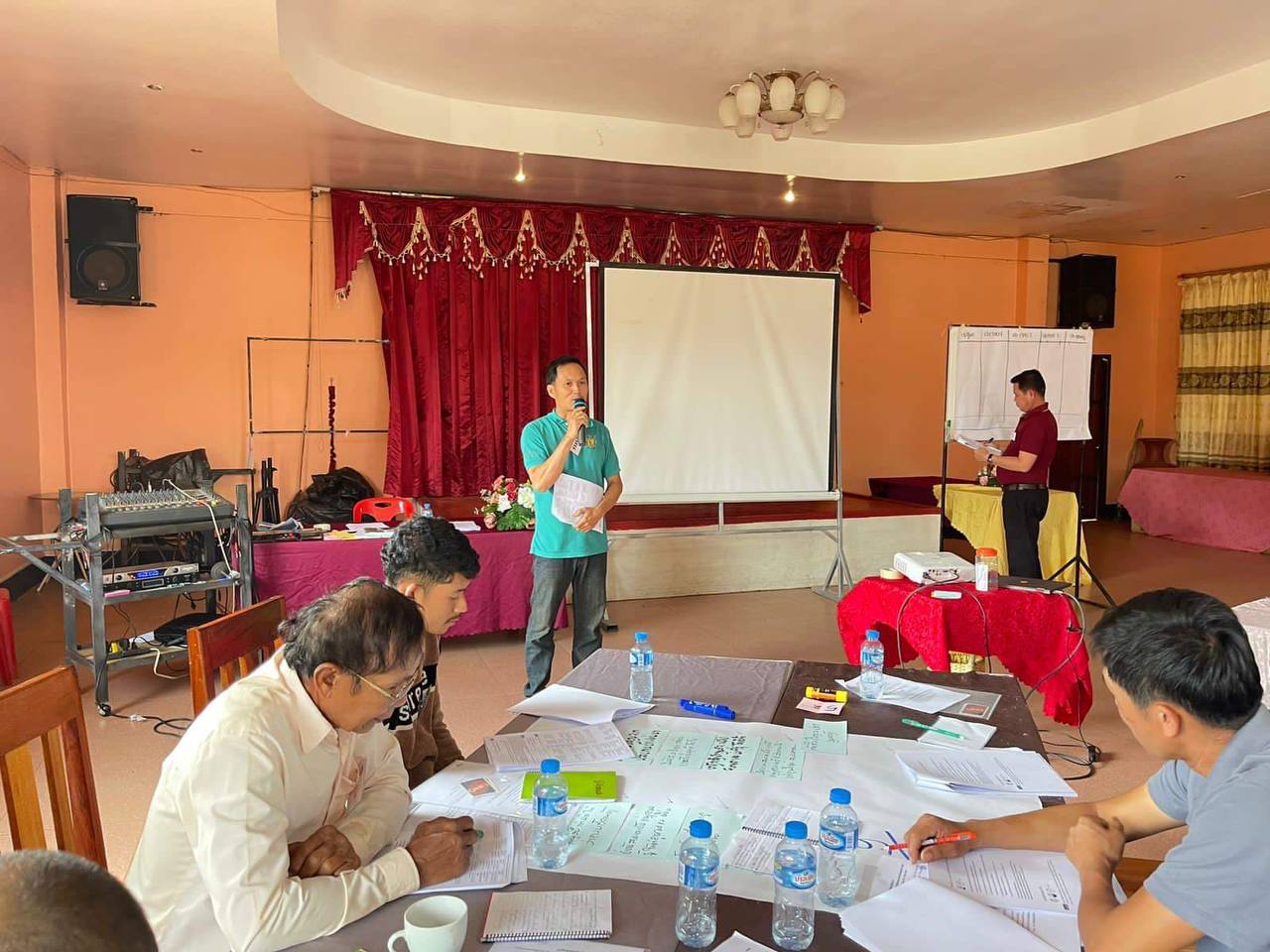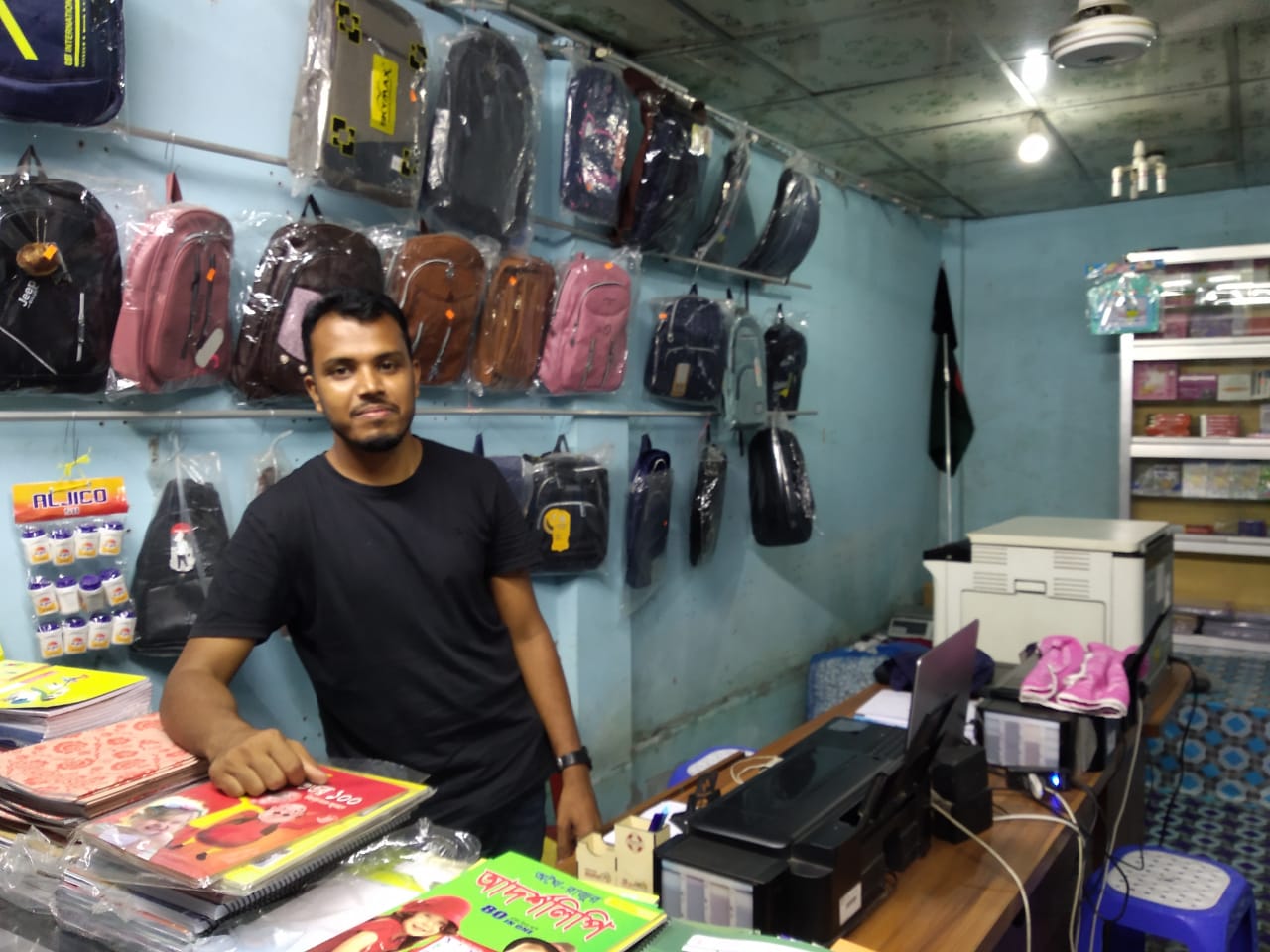
Programme Overviews
The ongoing COVID-19 crisis has decimated garment production across Asia’s export countries, placing factories’ futures and millions of workers’ livelihoods at risk. New ILO report garners experts’ insight on what the future holds for the garment sector as it looks to recover from the crisis.
Asia is the largest global hub for garment manufacturing, and it is predicted to remain the dominant region for the industry. However, as the pandemic will continue to shape the garment sector for the coming years, it will evolve in multiple, oftentimes competing and contradictory, ways.

Without a single pathway for the whole sector, COVID-19 may be a catalyst for a growing divide between Asian garment manufacturers. On one hand, larger and more professionalised manufacturers will sustain and scale-up factory upgrading and technological investments. On the other hand, other factories may be incentivised towards a renewed ‘race to the bottom’ in order to attract buyers that are looking to reduce costs and offset financial losses incurred from the pandemic. The latter might come at the expense of workers’ conditions and pay.
Albeit a bit late to the game, the garment industry was already seeing some technological advancements before COVID-19, and experts foresee the pandemic accelerating this production trend. Particularly end-to-end digitalisation of the garment supply chain is anticipated by experts, which would enable faster and more efficient production among professionalised manufacturers able to invest in this type of upgrading.
The ILO has estimated a 70% decrease in garment imports from Asia due to COVID-19, which has led to widespread factory closures where the average worker lost 2 to 4 weeks of paid work (ILO 2020). The collapse of the sector may lead to increased precariousness and competition for jobs in the shorter term, and possibly deteriorate working conditions even more in an industry characterised by decent work deficits. As incentives for complying to social compliance and international labour standards deteriorate, participants expect an uptick in labour right violations.
Without a doubt, Asia’s garment manufacturing is at a critical moment, where effective decision-making should focus on transforming the sector to be stronger and more resilient. Experts have stressed on the important role of governments, workers’ and employers’ organizations, and other industry stakeholders in mitigating the negative impacts on workers whilst engaging in fruitful collaboration in order to improve the industry long-term.
“I think there's a consensus that there is a desire for more resilience in global supply chains.”
David Kucera, Senior Economist, ILO
The experts interviewed for this report ranged from academics to manufacturers, and their first-hand insights map out an early outlook on Asia’s garment sector in the coming years. The ILO will continue working with key industry stakeholders in order to mitigate the impact of the COVID-19 pandemic on workers and factories. The full report can be found here.
The study was possible through funding provided by the ILO-Sida Decent Work in Garment Supply Chains Asia project (DWGSC), funded by the Government of Sweden.
The ILO supports garment factories across the Asia-Pacific through the Factory Improvement Toolset, to find out more click here.


